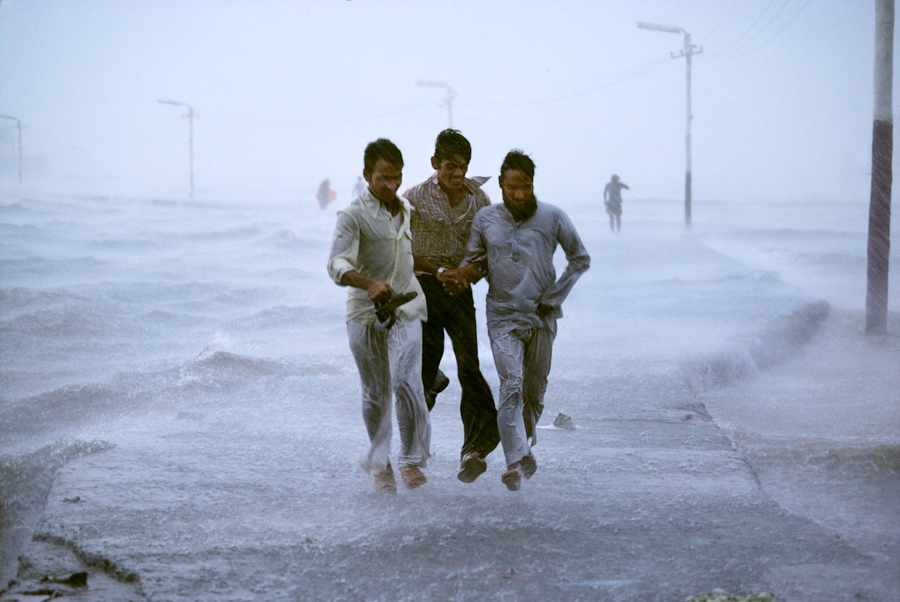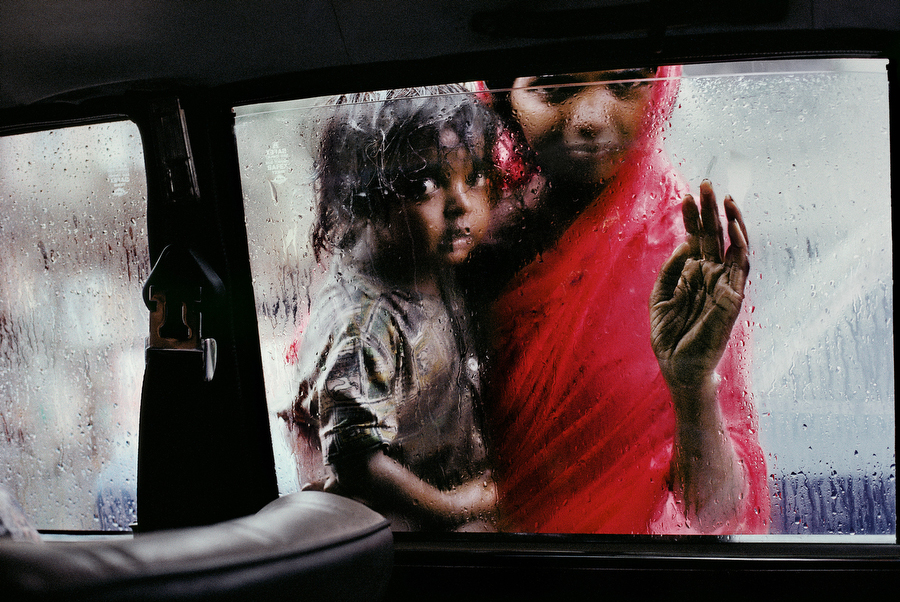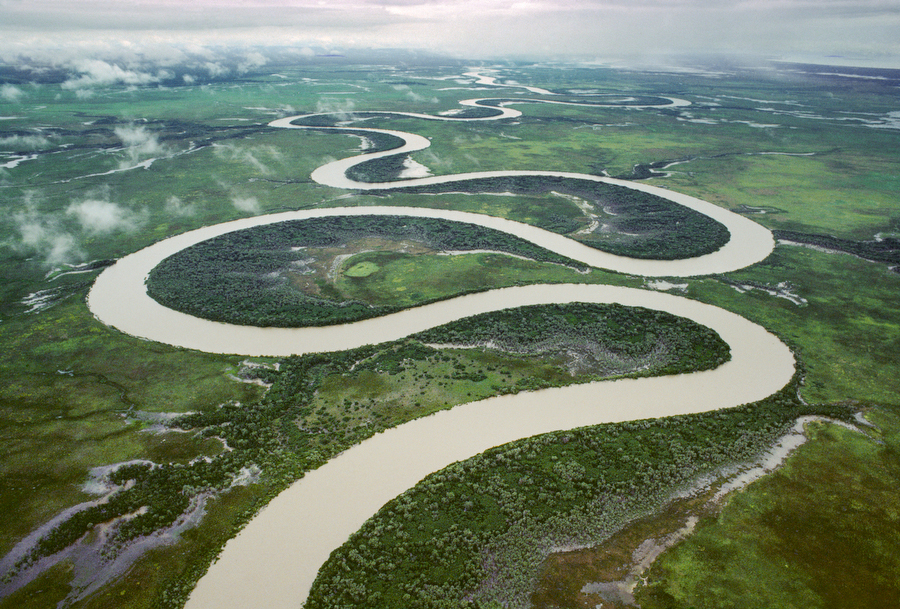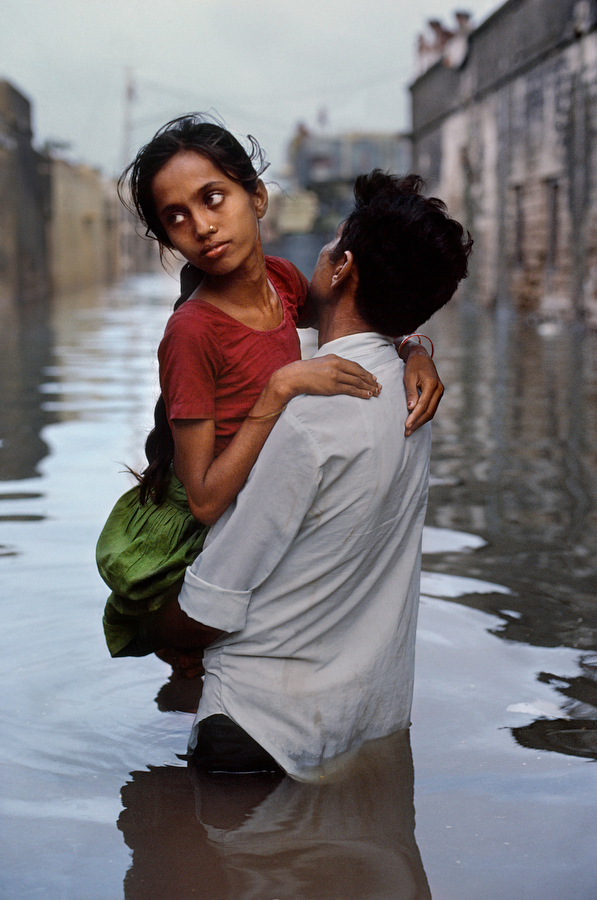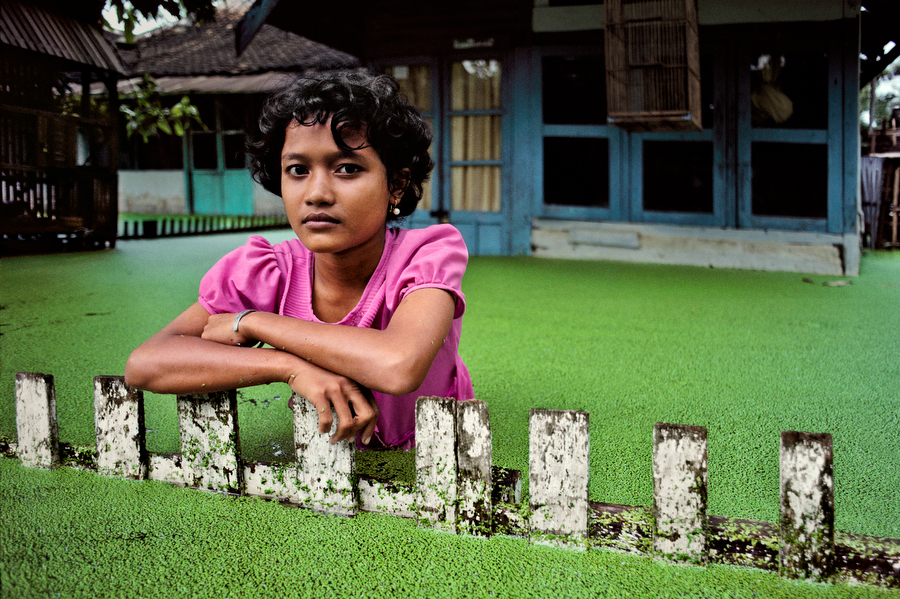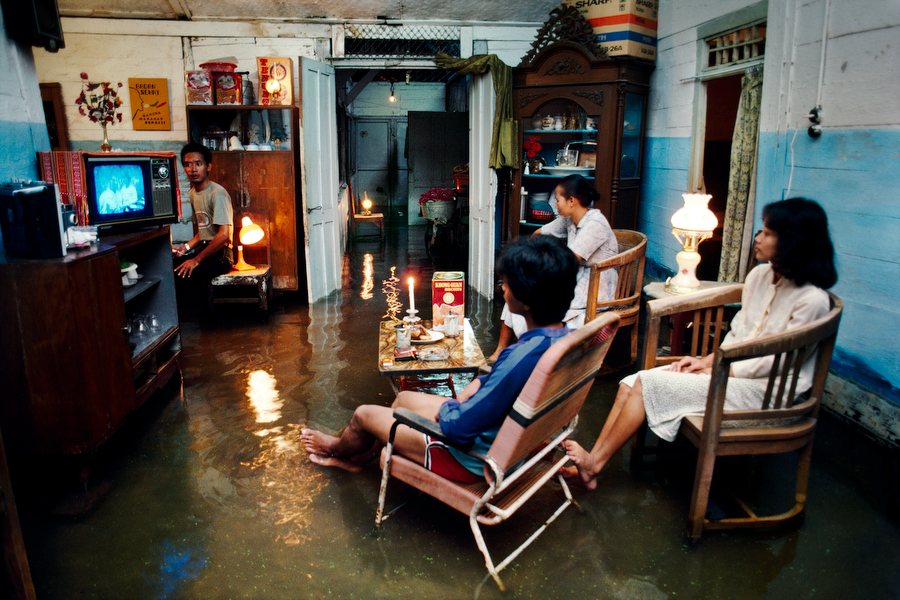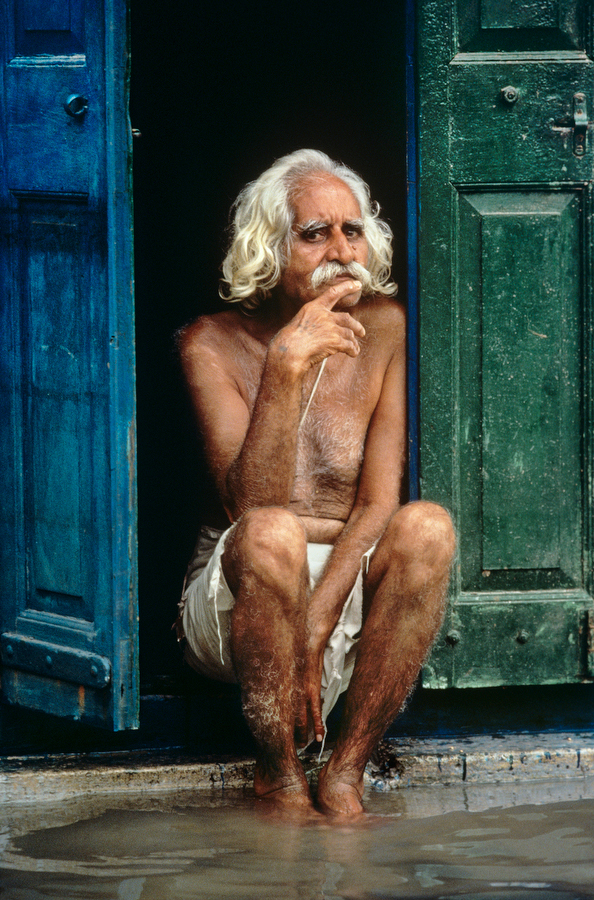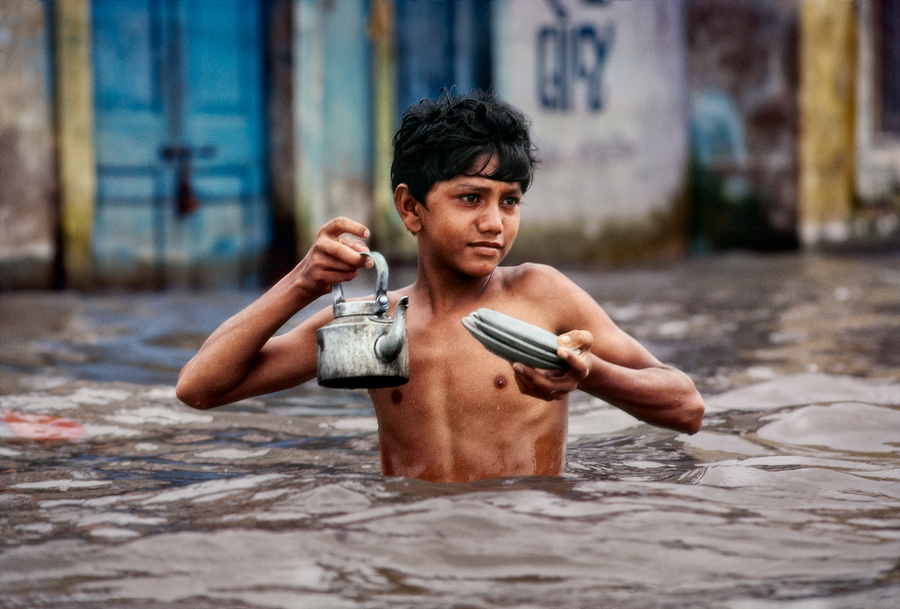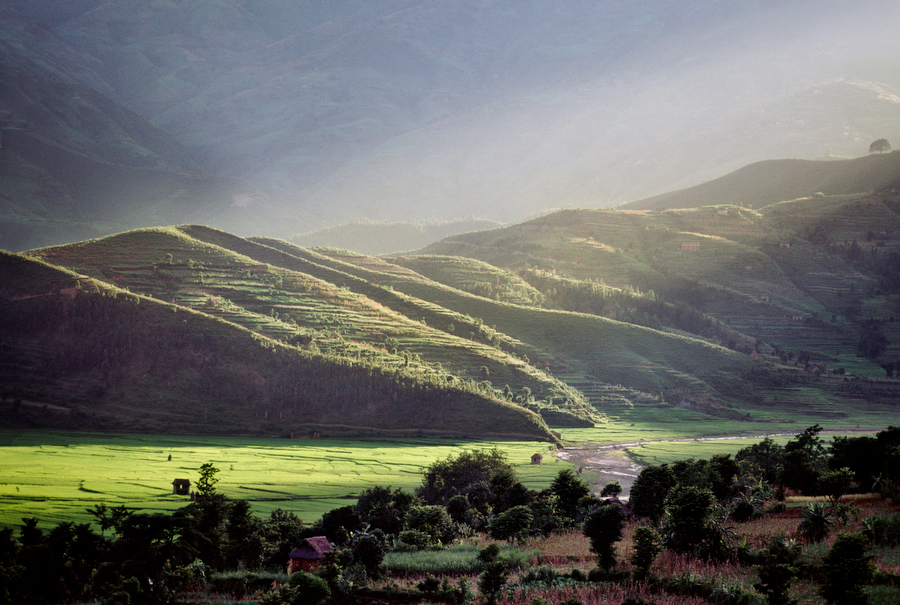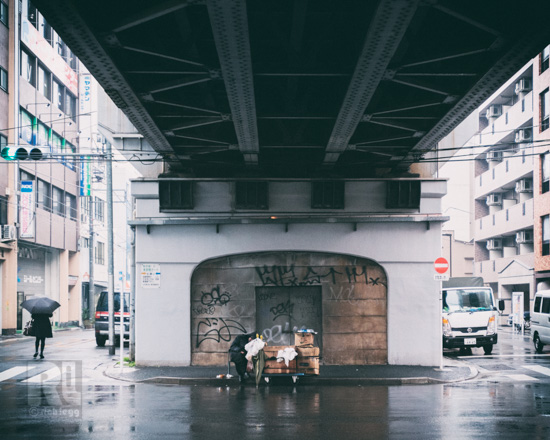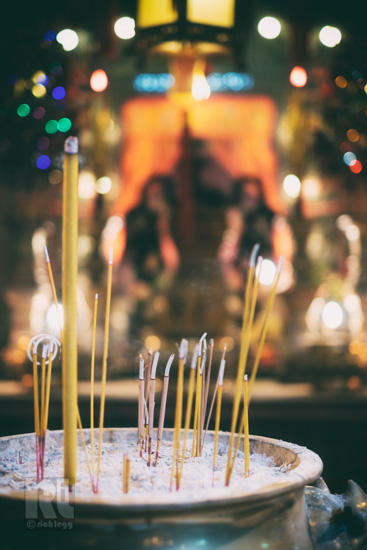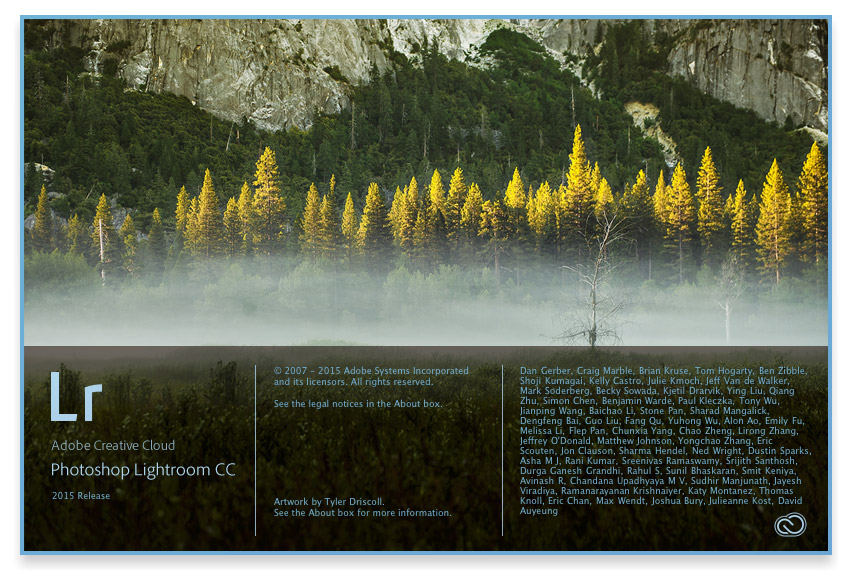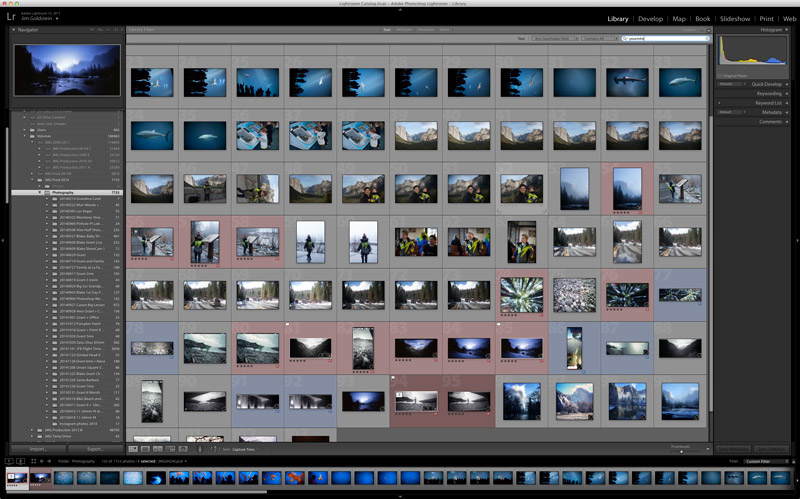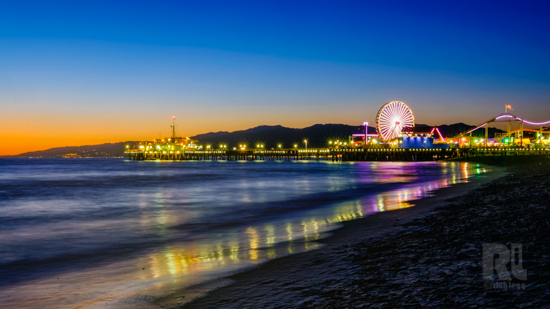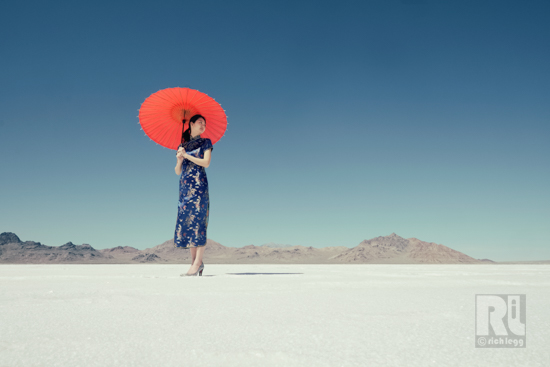Photographers
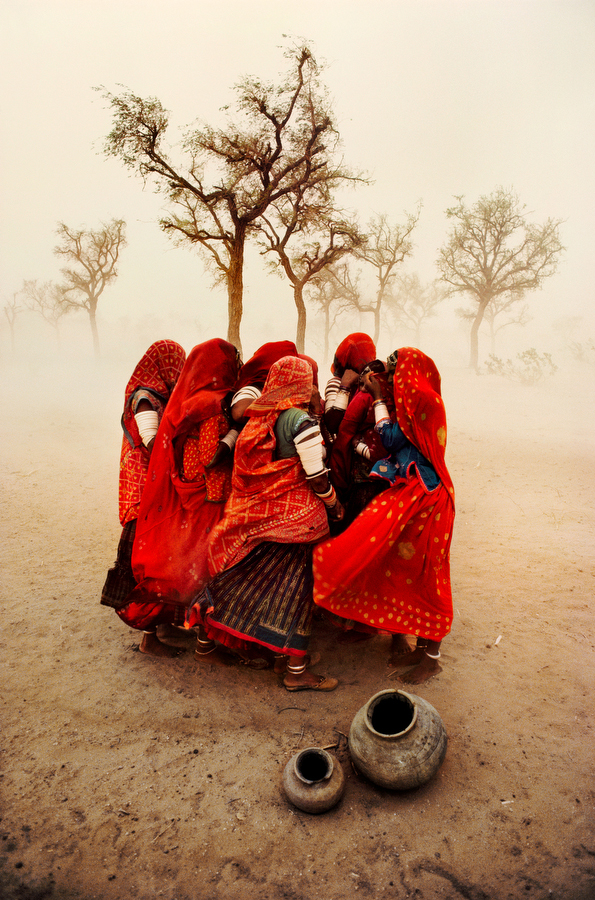
Monsoon
Steve McCurry Photographers Blog For months there is no rain, and then there is too much.
For months there is no rain, and then there is too much.
Half the world’s people survive at the whim of the monsoon.
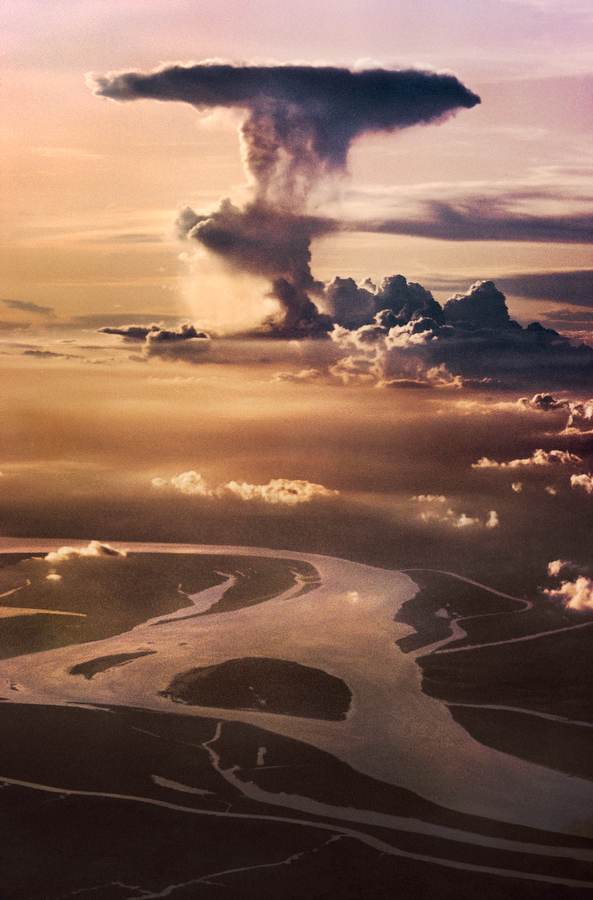
I was eleven years old when I saw a photo essay on the monsoon in India in Life Magazine by Brian Brake, the New Zealand-born Magnum photographer. His work established his reputation as a master color photo essayist. Twenty years later, I proposed a story to National Geographic to photograph the monsoon.
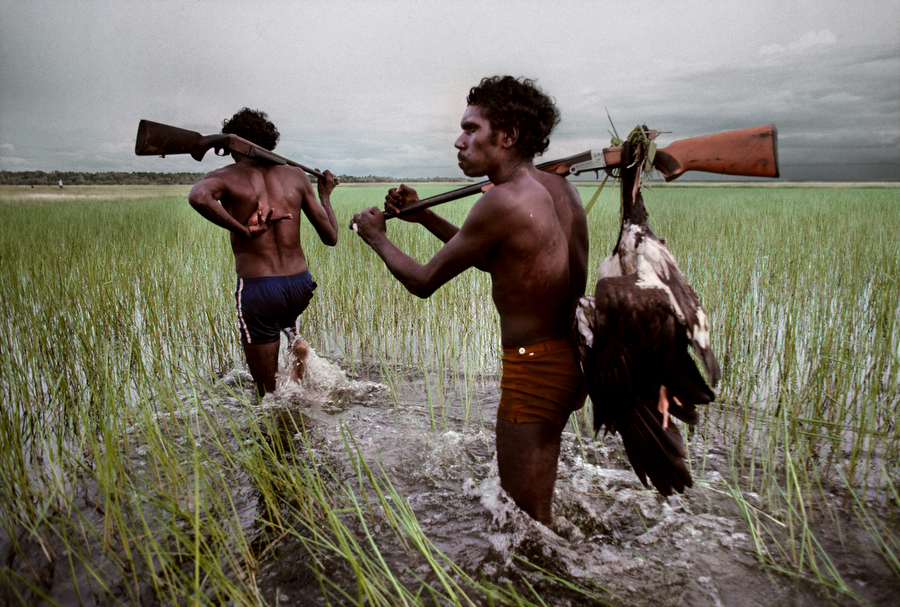
Monsoon History
by Shirley Geok-lin Lim
The air is wet, soaks
into mattresses, and curls
In apparitions of smoke,
Like fat white slugs furled
Among the timber
Or silver fish tunnelling
The damp linen covers
Of schoolbooks, or walking
Quietly like centipedes,
The air walking everywhere
On its hundred feet
Is filled with the glare
Of tropical water.
Again we are taken over
By clouds and rolling darkness.
Small snails appear
Clashing their timid horns
Among the morning glory
Vines.
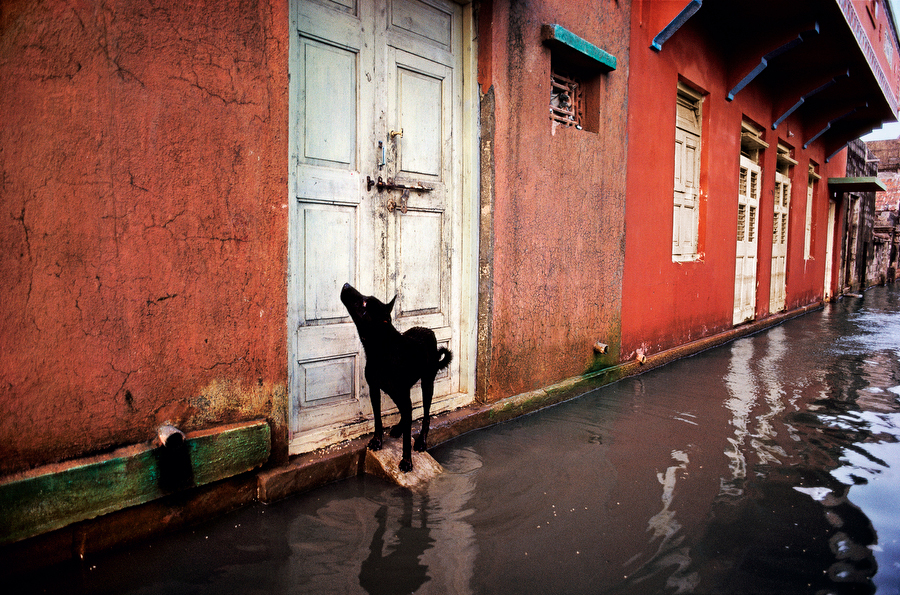
The rains fall on one horn of the buffalo, and not on the other.
-Indian Proverb
 Last Night the Rain Spoke to Me
Last Night the Rain Spoke to Me
by Mary Oliver
Last night
the rain
spoke to me
slowly, saying,
what joy
to come falling
out of the brisk cloud,
to be happy again
in a new way
on the earth!
 During the year I spent following the monsoon in a dozen countries, I learned to see it as a critically important event,
During the year I spent following the monsoon in a dozen countries, I learned to see it as a critically important event,
and not the disaster it had first seemed to my Western eyes.
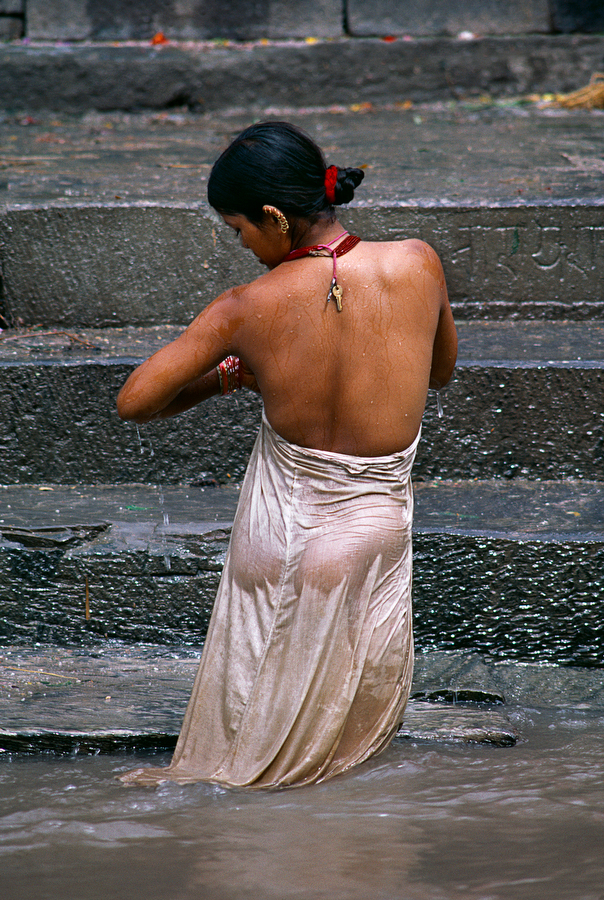
Rain is grace;
Rain is the sky descending to the earth …
– John Updike

Farmers experience the monsoon as an almost religious experience as they watch their fields come back to life after being parched for half the year.

For half the world’s people, good monsoons, those rain-bearing winds of
Asia and the Subcontinent, mean life and prosperity.
Poor ones are marked by famine and death.
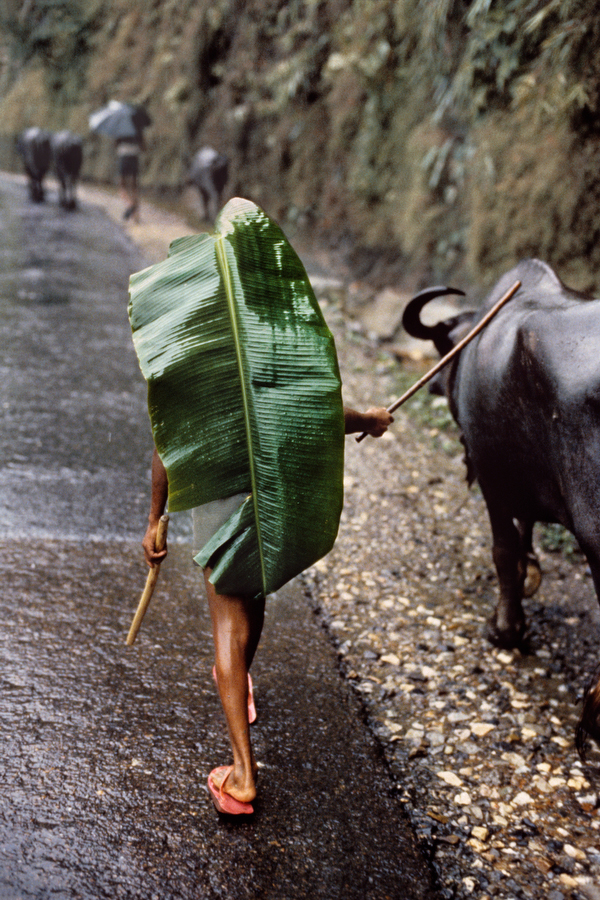
Only He shakes the heavens and from its treasures takes out the winds.
He joins the waters and the clouds and produces the rain.
He does all those things.
– Michael Servetus (1511-1553)
Spanish theologian, physician, cartographer


